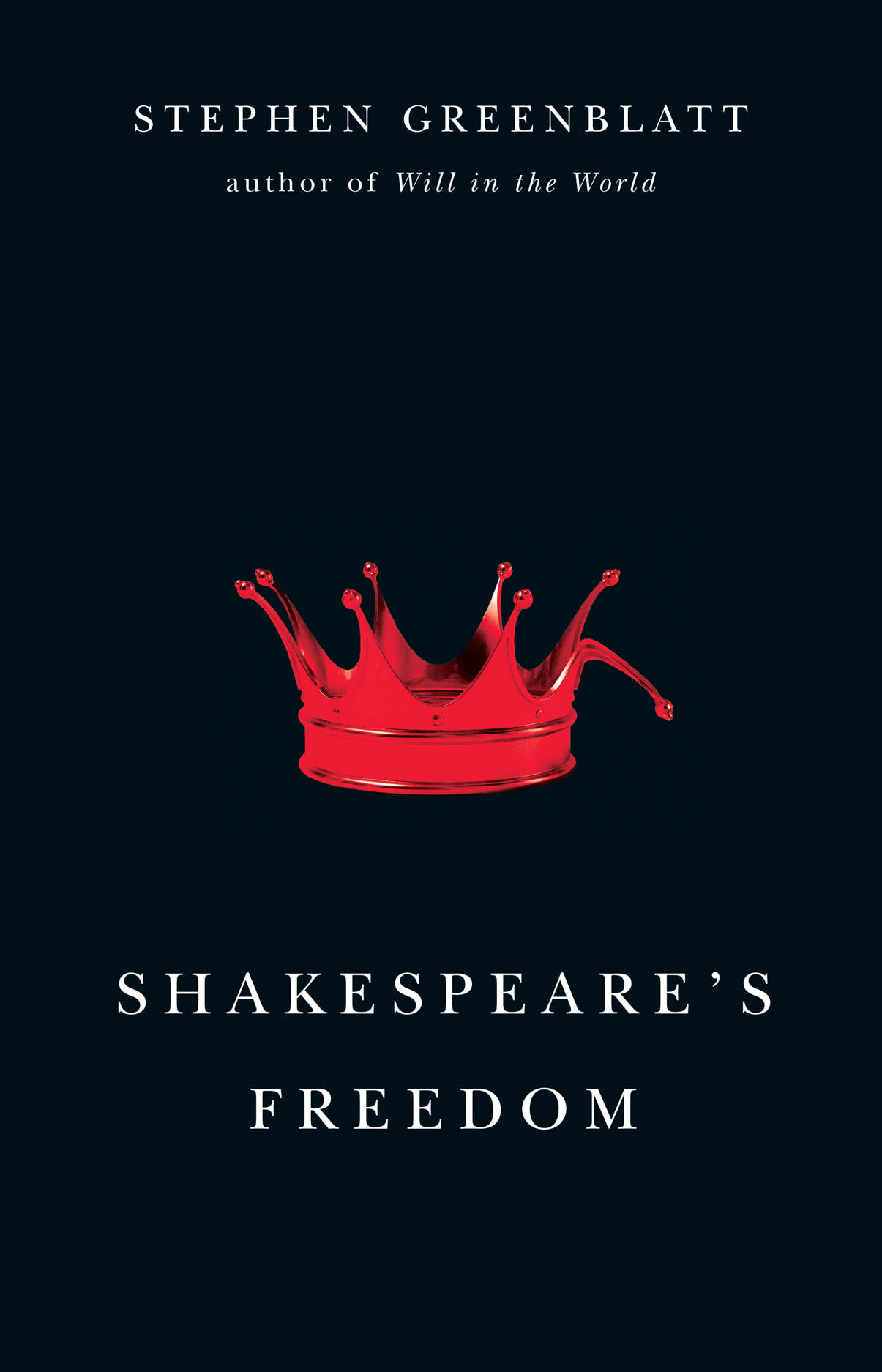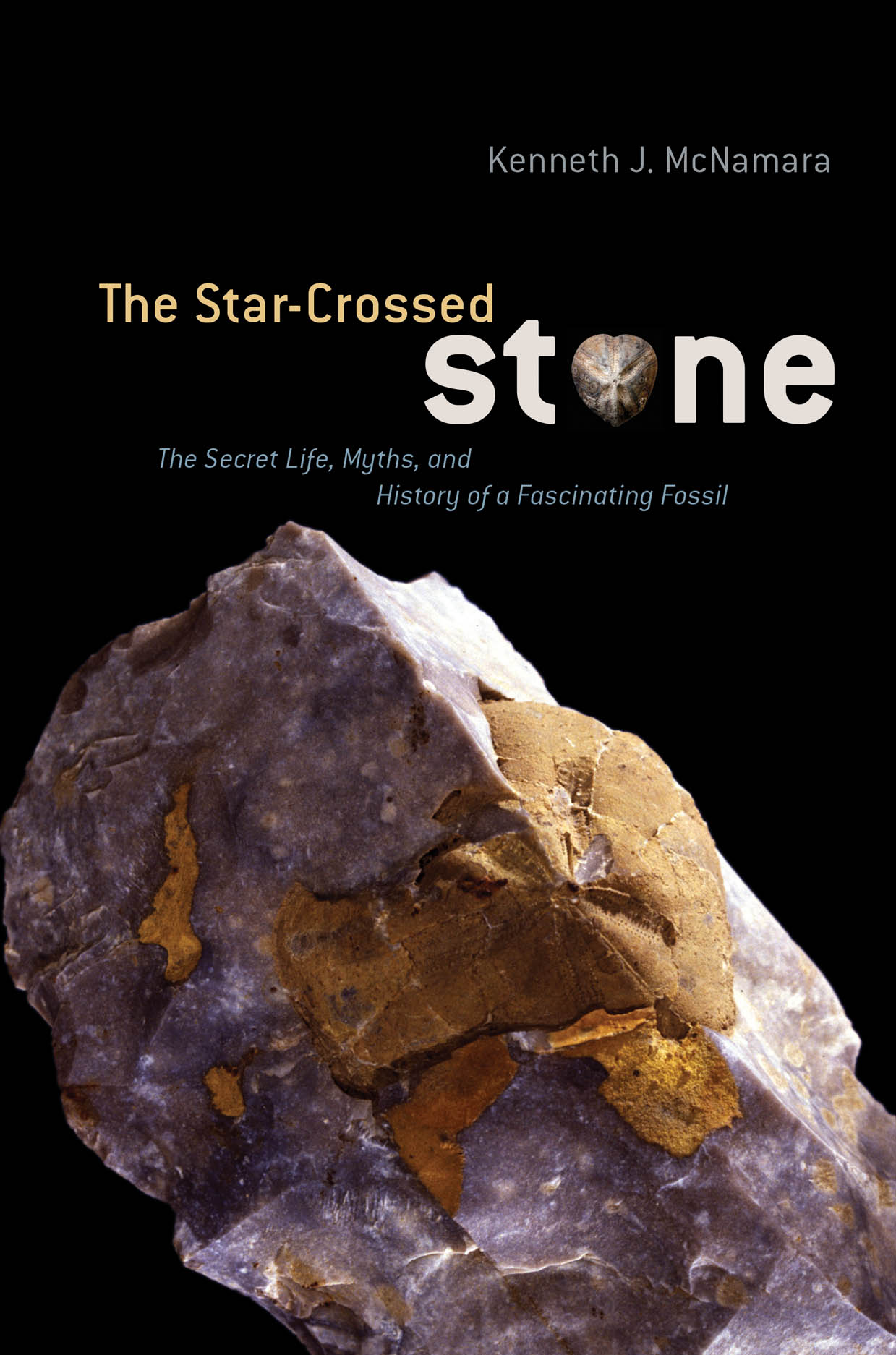The week that wasn’t quite

Oh, Thursday. It’s ungodly early and we’re transcribing mid-flight en route to the Modern Language Association’s annual meeting. We already can’t shake the strange combination of Brian Eno’s “Thursday Afternoon” and a haunting recollection of the theme songs from late 1980s television programming—it must be the promise of Los Angeles. What does a Cat Paint photograph of the Rockies look like, you might wonder?
We’re a little less pithy with the fog of latte brain, but there’s a lot to report from late-arriving 2010 wrap-ups and more recent reviews, so with the usual nod to almost the end-of-the-week ennui, on we go:
Stephen Greenblatt’s new collection of essays Shakespeare’s Freedom saw its fair share of attention as we ushered in the new year. The Times Literary Supplement gets us started:
In Shakespeare’s Freedom, however, Greenblatt engages in a more challenging and potentially rewarding exercise: to seek in Shakespeare’s writings for reflections of the evolving thought processes of the dramatist’s “formidable intelligence” in relation especially to the concept of freedom. It is good, at a time when there is a danger of seeing Shakespeare too exclusively as an entertainer, to find an acknowledgment of the intellectual powers that pervade his work, and Greenblatt brings his formidable critical expertise to bear on the writings.
The New Statesman nods to Greenblatt as “one of America’s most elegant and inventive literary critics,” and further acknowledges the “great pleasure” to be had in watching a contemporary master wax on a topic so broad as to encapsulate “beauty, hatred, authority, and autonomy.”
Says the Financial Times, in a soundbite suitable to both author and subject:
The book’s real lesson is Shakespeare’s awareness of the human condition in all its complexity. He grappled with the absolutes of his age, yet his art appeals to timeless human concerns.
An excerpt from Shakespeare’s Freedom is available at the book’s University of Chicago Press page here.
**

In another December review, the Guardian commends Kenneth J. McNamara’s The Star-Crossed Stone: The Secret Life, Myths, and History of a Fascinating Fossil (excerpt here):
McNamara’s vision is even broader than that: using our knowledge of early habits of fossil collecting, he explores the evolution of the human mind itself, drawing striking conclusions about humanity’s earliest appreciation of beauty and the first stirrings of artistic expression. Along the way, the fossil becomes a nexus through which we meet brilliant eccentrics and visionary archaeologists and develop new insights into topics as seemingly disparate as hieroglyphics, Beowulf, and even church organs.
**
The January-February issue of American Scientist devotes a lengthy feature profile to Andrew Pickering’s The Cybernetic Brain: Sketches of Another Future, profiling this original exploration of the lives and works of six key figures from the British cybernetics community, including Gregory Bateson and R. D. Laing, in a piece that challenges and engages the book’s aims and ends.
**
On to the Society for Psychical Research! Jeffrey Kripal’s Authors of the Impossible: The Paranormal and the Sacred, his latest interdisciplinary foray into philosophy and religion, was recently reviewed in the December issue of the Times Higher Ed:
Kripal’s goal is different; he wants to open readers’ minds to the possibility that evidence for the supernatural may indicate that we need to rethink our basic beliefs about the nature of subjective and objective reality. What would our world look like if telepathy really existed? Or if the evidence for UFOs, or sightings of the Virgin Mary, was convincing enough to appear not as the delusions of the few but rather the reality for all of us?
**
Two University of Chicago Press books snuck into a couple of late-arriving Best of the Year and holiday gift-giving guides. Jonathan Yardley recapped his admiration for Harvey G. Cohen’s masterful biography Duke Ellington’s America in the Washington Post, while the Chicago Tribune’s Julia Keller called out Ronald T. Merrill’s Our Magnetic Earth: The Science of Geomagnetism as a “fascinating explanation of that mysterious force” perfect for “a self-described geek drawn to science books like an iron filling to a magnet.”
**
And finally: Susie Linfield’s The Cruel Radiance, a mesmerizing take on the photography of violence, was reviewed this past week in the Wall Street Journal, alongside a Q & A with the author. In both the book and the interview, Linfield examines the history of photography and its critics, which is briefly captured in one of her responses to the WSJ below:
Your book suggests that many photography critics don’t really like the medium.
I think they care about photography and the effect they think it’s having on the public. But they are certainly not fans in the way that Pauline Kael was with movies or Greil Marcus was with music. Their stance is being disapproving of how normal people use photography. Susan Sontag was very good at pointing out the ways in which photos can manipulate and fail to tell us the complete histories of events they document. But the valuable aspect of photography and the ways it calls up emotional reaction in us—I think all of that Sontag was oblivious to.
**